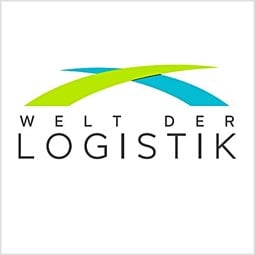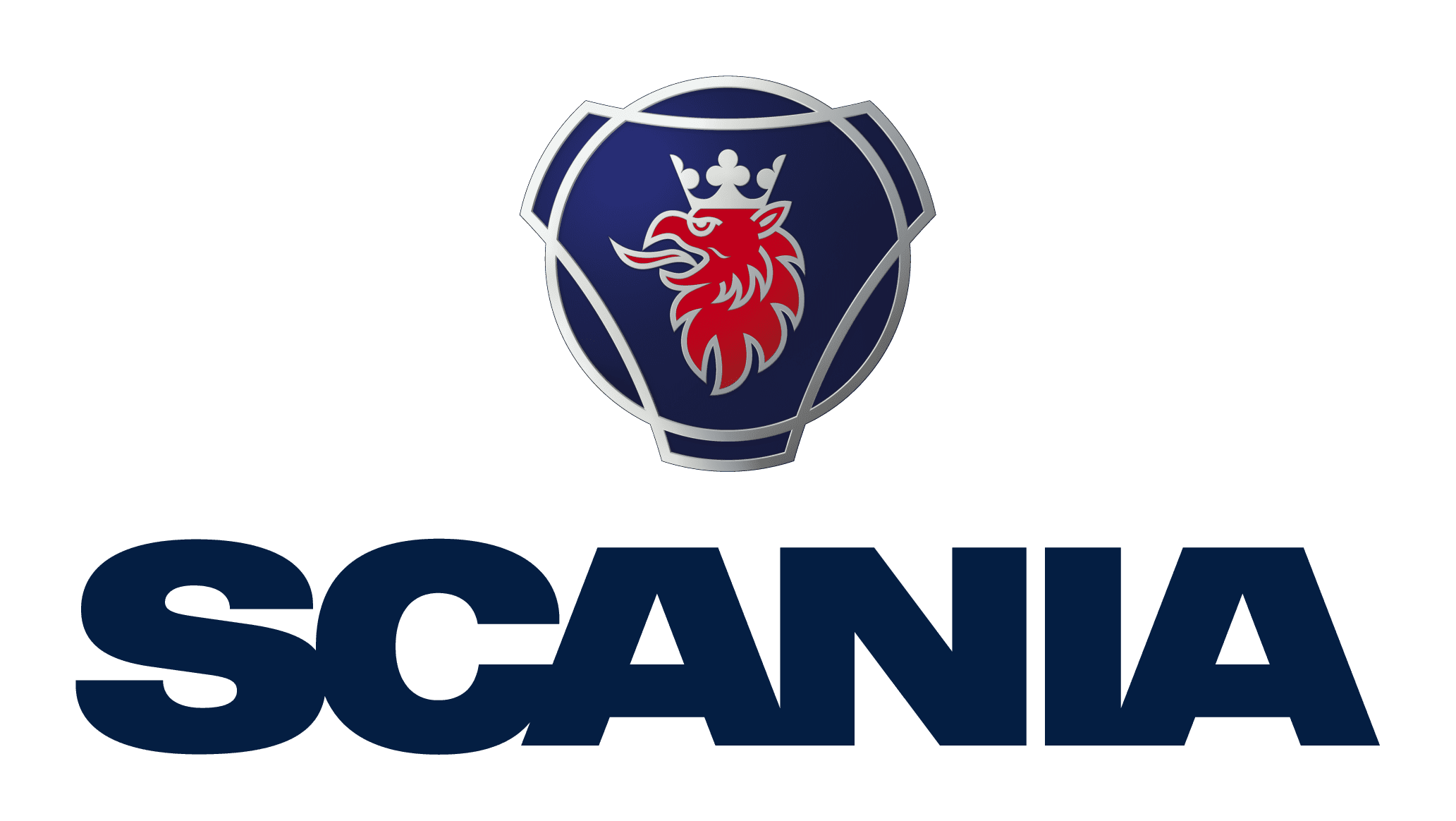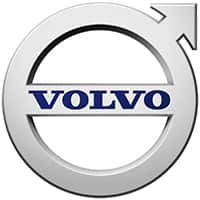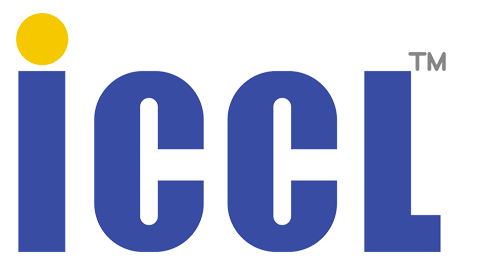Scania's Alternative Fuels the Approach for Better Tomorrow
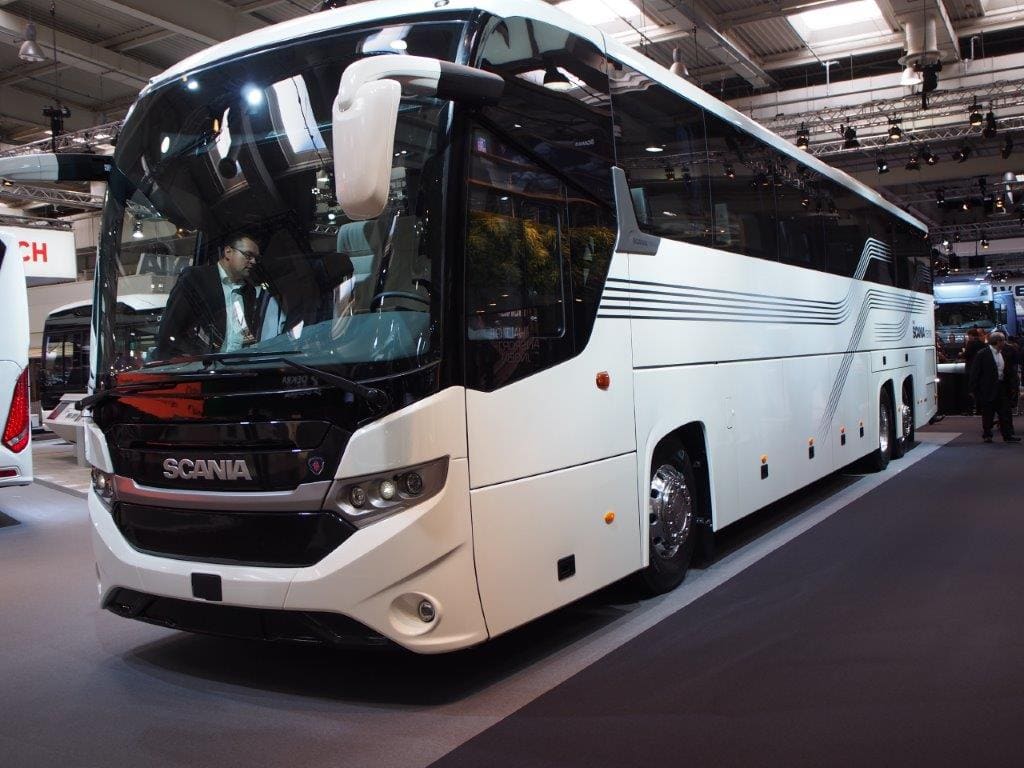 At the world largest commercial vehicle expo, the IAA in Hannover, Germany, Asian Trucker meets Christian Levin, Executive Vice President Sales and Marketing to talk in an exclusive interview about the global market of buses. Being a former Managing Director for Scania Switzerland and Italy, he came back to his origins to be responsible for the global development of the brand. “We have done a great job to be back in the top three in Europe. However, there are still many markets where we have huge potential,” is his opening statement. For this year, Levin is focused on building all of Scania’s business units: bus and truck, and the services that are required to support these tangible products. On top of that, emphasis is on connectivity.
At the world largest commercial vehicle expo, the IAA in Hannover, Germany, Asian Trucker meets Christian Levin, Executive Vice President Sales and Marketing to talk in an exclusive interview about the global market of buses. Being a former Managing Director for Scania Switzerland and Italy, he came back to his origins to be responsible for the global development of the brand. “We have done a great job to be back in the top three in Europe. However, there are still many markets where we have huge potential,” is his opening statement. For this year, Levin is focused on building all of Scania’s business units: bus and truck, and the services that are required to support these tangible products. On top of that, emphasis is on connectivity.
The Moving Bus
Naturally, in his previous functions, he has been working, living and dealing with with buses, but has been focused more on working directly with the trucks. Within Scania, buses are the spearheads, but trucks are the products that provide the volume. “We use the components in big volume to be able to be really competitive in the bus industry. Scania is investing in taking all those great components that we had to develop in our trucks to put them into the next bus generation that will come pretty soon. Based on my experience in the field, I would say that there is a close symbiosis between trucks and buses,” said Levin.
Demand
Typically, in most counties, Scania’s business comprises of 90 percent trucks and the remaining 10 are buses. There are some countries however, where the buses constitute up to 20% from buses. The countries where there is a higher demand for Scania buses would be Mexico, Brazil, and Colombia.Closer to home, Prasarana is developing quite well in the Malaysia market throughout last year. Indonesia is a relatively fresh bus market for Scania, and the city of Jakarta is on place where Scania is highly successful in convincing the local authorities to opt for more sustainable transport solutions and systems. According to him, the demand in Europe countries itself is rather stagnant, but is increasing in Asia and Latin American countries.
IAA 2016
“At IAA, we have three buses here with a lot of innovations and we are pushing for the hybrid bus, of course. We also prepared lots of updates, news and information for our target audience. We feature flat floor city buses and while it is not an entirely new product, the new design and new body look is something that is grabbing the attention of visitors. Apart from that, there are new technologies coming in from the drive line side,” he explained.
“ One of the interesting topics to talk about are the alternative fuels for buses. Scania has a full line up of Euro 6 gas compliant gas engines for example now and has adopted them for biogas and natural gas. A great step forward is the development of HBO (biodiesel adaptation) which is available for 100% of our bus engines” he added.
What’s Interesting?
As fuel economy remains a key driver of businesses, the Scania Driver Score is a tool that has been welcomed by fleet owners. The Driver Score is continuously displayed in the instrument clusrter, giving drivers an immediate feedback on their performance in percent for each of the five categories. This allows the driver and owner of the bus to monitor driver behavior on the trip computer. The driver can choose to see a total score or split it into different categories such as hill-driving, anticipation, brake usage and choice of gears.
“The system works by giving the driver stars, up to five stars per area. The driver will as well get immediate feedback, and some tips. This system was not created just to improve and assist the drivers in developing their skill and driving technique, but to help the fleet owners monitoring the performance of their drivers,” said Levin.
In South East Asia, this system is currently not available, but Scania customers may eventually be able to make use of it. When the Driver Score will be added for South East Asia has yet to be announced. Using this system, the fleet owners can set up internal competitions or give incentives for good drivers. But what’s important is the possibility to always make use of the support Scania provides to be a better driver.
Expectation
The major purpose of joining the IAA is to make it feel like a family gathering between the suppliers, customers and other parties. It is also to find new prospects and for new and existing customers to appreciatethe new products, technology and the new vision. “Positive feedback is always good to grow the brand,” Levin closes before heading to the next appointment.












